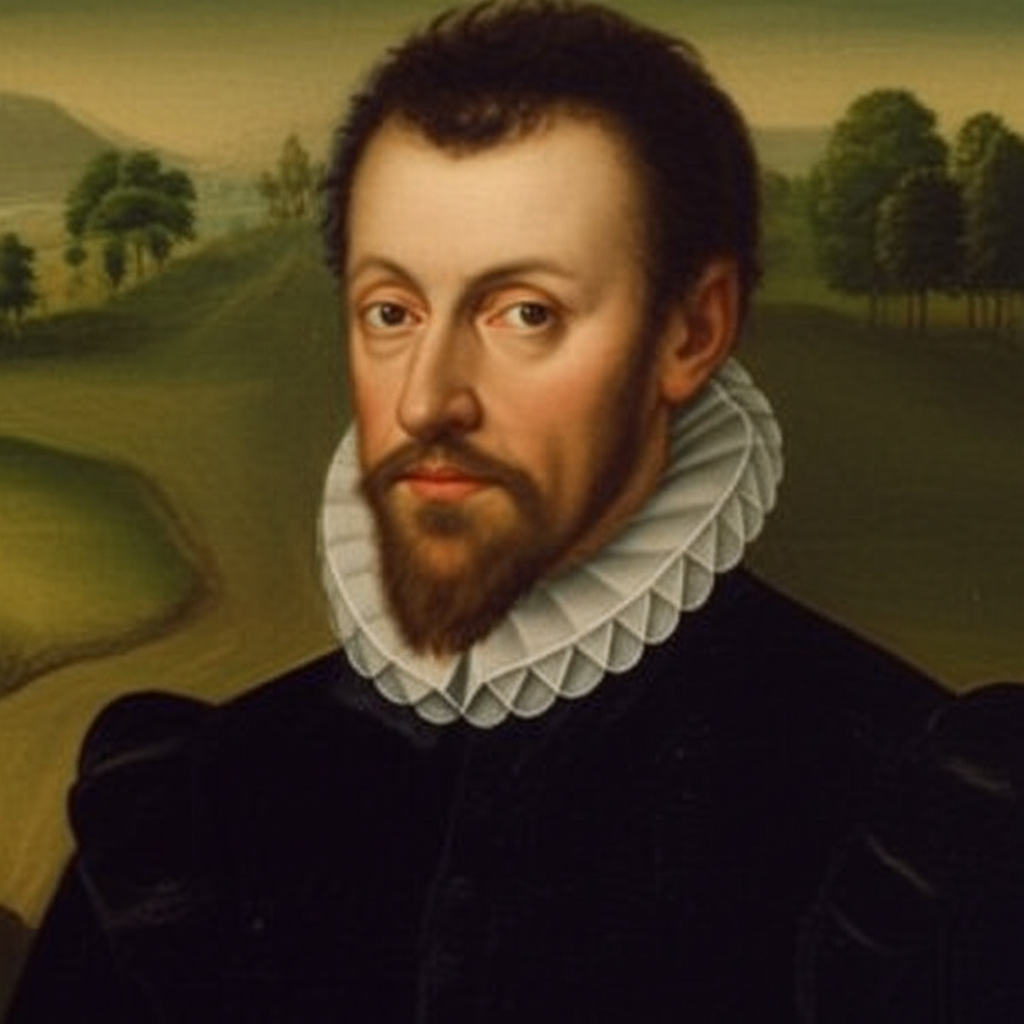
Edmund Spenser
c. 1552-1599
An Interactive Exploration by Kalviyogi Nagarajan 369 Tesla Pvt Limited
Edmund Spenser was an English Renaissance poet best known for his epic poem 'The Faerie Queene.' Often called the 'Poet's Poet,' Spenser created a distinctive poetic style that influenced generations of English poets. His work combines medieval romance traditions with Renaissance humanism and Protestant allegory.
Key Facts:
- Invented the Spenserian stanza (nine lines: ABABBCBCC)
- Served as secretary to the Lord Deputy of Ireland
- Influenced by classical epic tradition and Arthurian romance
- His poetry combines moral allegory with sensuous beauty
- Considered a bridge between medieval and Renaissance literature
Related Literary Terms:
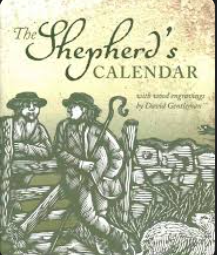
Spenser's first major work, consisting of twelve eclogues (one for each month). The work revitalized English pastoral poetry and established Spenser's reputation. It combines classical pastoral traditions with contemporary religious and political commentary.
Structure:
January: Complainte of Colin Clout February: Debate between Youth and Age March: Love Complaint April: Praise of Eliza (Queen Elizabeth) May: Religious Allegory June: Colin's Despair July: Religious Debate August: Singing Contest September: Age and Poetry October: Poetry and Patronage November: Elegy for Dido December: Colin's Final Complaint
Key Concepts:

Spenser's masterpiece, an allegorical epic poem celebrating Queen Elizabeth I and Protestant virtues. The poem follows various knights representing different virtues as they quest through Faerie Land. Only six of the planned twelve books were completed.
Structure:
Book I: The Legend of the Knight of the Red Cross (Holiness) Book II: The Legend of Sir Guyon (Temperance) Book III: The Legend of Britomart (Chastity) Book IV: The Legend of Cambel and Telamond (Friendship) Book V: The Legend of Artegall (Justice) Book VI: The Legend of Sir Calidore (Courtesy)
Key Concepts:
Notable Characters:
Redcrosse Knight (Holiness), Una (Truth), Duessa (Falsehood), Sir Guyon (Temperance), Britomart (Chastity), Artegall (Justice), Sir Calidore (Courtesy)...
Key Quotes:
- "A Gentle Knight was pricking on the plaine"
- "Her angel's face, As the great eye of heaven shined bright"
- "Sleep after toyle, port after stormie seas, Ease after warre, death after life does greatly please"
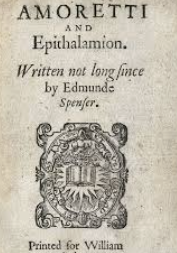
A sequence of 89 sonnets chronicling Spenser's courtship of Elizabeth Boyle, whom he later married. The sequence follows the Petrarchan tradition but with Spenser's distinctive rhyme scheme and more optimistic view of love.
Key Concepts:
Key Quotes:
- "One day I wrote her name upon the strand, But came the waves and washed it away"
- "Most glorious Lord of lyfe, that on this day, Didst make thy triumph over death and sin"
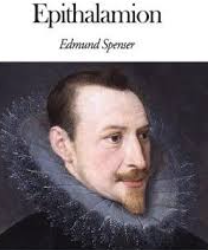
A magnificent wedding poem celebrating Spenser's marriage to Elizabeth Boyle. The poem follows the course of the wedding day from dawn to night, combining classical tradition with personal emotion.
Structure:
24 stanzas representing the hours of the wedding day Refrain changes from day (celebration) to night (privacy) Classical invocations and Christian blessings
Key Concepts:
Key Quotes:
- "Wake now my love, awake; for it is time"
- "Song made in lieu of many ornaments, With which my love should duly have bene dect"
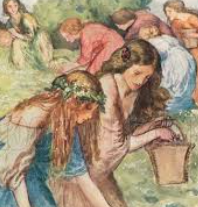
A poem celebrating the double betrothal of the daughters of the Earl of Worcester. The poem is set along the Thames and includes the famous refrain 'Sweet Thames, run softly, till I end my song.'
Key Concepts:
Key Quotes:
- "Sweet Thames, run softly, till I end my song"
An elegy mourning the death of Sir Philip Sidney, whom Spenser greatly admired. The poem uses pastoral conventions to lament the loss of the ideal Renaissance courtier-poet.
Key Concepts:
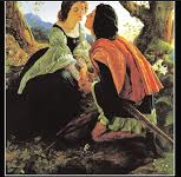
A satirical beast fable that critiques contemporary social and political issues. The poem follows a fox and an ape as they attempt various disguises to gain power and wealth.
Key Concepts:
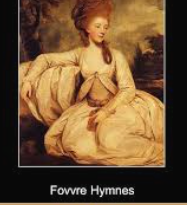
Four poems exploring earthly and heavenly love and beauty. The hymns progress from physical attraction to spiritual contemplation, reflecting Neoplatonic philosophy.
Structure:
Hymn in Honour of Love (earthly love) Hymn in Honour of Beauty (earthly beauty) Hymn of Heavenly Love (divine love) Hymn of Heavenly Beauty (divine beauty)
Key Concepts:

The hero of Book I, representing the Anglican Church and the virtue of Holiness. He must defeat the dragon to free Una's parents and kingdom.
Edmund Spenser: The Poet's Poet
From Cambridge scholar to Irish planter and epic poet
Birth of Edmund Spenser
Born in London to a family of modest means. Likely attended Merchant Taylors' School under Richard Mulcaster.
Pembroke Hall, Cambridge
Enters Pembroke Hall as a sizar (scholarship student). Studies under Puritan influences that shape his religious views.
Theatre for Worldlings
Contributes translations to Jan van der Noot's 'Theatre for Worldlings,' his first published poetry.
Bachelor of Arts
Graduates from Cambridge. Continues for Master's degree, completed in 1576. Forms lasting friendships with fellow students.
Friendship with Gabriel Harvey
Forms important friendship with Gabriel Harvey at Cambridge. Their correspondence reveals Spenser's literary ambitions.
The Shepherds Calendar
Publishes his first major work under the pseudonym 'Immerito.' Revitalizes English pastoral poetry.
Leicester House Circle
Becomes part of the literary circle around Philip Sidney and the Earl of Leicester. Gains important patronage.
Secretary to Lord Grey
Appointed secretary to Lord Grey de Wilton, Lord Deputy of Ireland. Begins his long residence in Ireland.
Kilcolman Castle
Granted Kilcolman Castle and 3,000 acres in County Cork as part of the Munster Plantation.
Walter Raleigh's Visit
Sir Walter Raleigh visits Spenser at Kilcolman. Encourages him to publish The Faerie Queene.
The Faerie Queene (Books I-III)
Publishes first three books of his epic masterpiece. Dedicated to Queen Elizabeth I, bringing him fame.
Complaints
Publishes collection including 'Mother Hubberds Tale.' Some pieces cause political controversy.
Daphnaïda
Writes elegy for Douglas Howard, wife of Arthur Gorges. Shows his skill in the elegiac mode.
Marriage to Elizabeth Boyle
Marries Elizabeth Boyle, his second wife. This marriage inspires his greatest love poetry.
Amoretti and Epithalamion
Publishes sonnet sequence chronicling his courtship and magnificent wedding poem celebrating his marriage.
The Faerie Queene (Books IV-VI)
Publishes second installment of his epic, completing six of the planned twelve books.
Four Hymns
Publishes philosophical poems exploring earthly and heavenly love and beauty, showing Neoplatonic influence.
Prothalamion
Writes betrothal poem for the daughters of the Earl of Worcester, featuring the famous Thames refrain.
A View of the Present State of Ireland
Writes prose dialogue on Irish policy. Not published until 1633 due to its controversial content.
Sheriff of Cork
Appointed Sheriff of Cork. His administrative duties in Ireland continue alongside his literary work.
Tyrone's Rebellion
Irish rebellion reaches Munster. Kilcolman Castle is burned, and Spenser flees to Cork with his family.
Return to London
Returns to London carrying dispatches about the Irish situation. Never returns to Ireland.
Death of Edmund Spenser
Dies in London on January 13, 1599, reportedly 'for lack of bread.' Buried near Chaucer in Westminster Abbey.
Drag timeline to explore more events
Spenserian Stanza
Explore the unique 9-line stanza structure invented by Edmund Spenser
The Spenserian Stanza: 9 lines total - 8 lines of iambic pentameter (10 syllables) + 1 Alexandrine (12 syllables)
Rhyme Scheme: ABABBCBCC - Notice how the B and C rhymes interweave to create musical unity
These animations help visualize complex literary concepts that might be difficult to understand through text alone. Each animation is designed to enhance your understanding of the author's unique contributions to English literature.